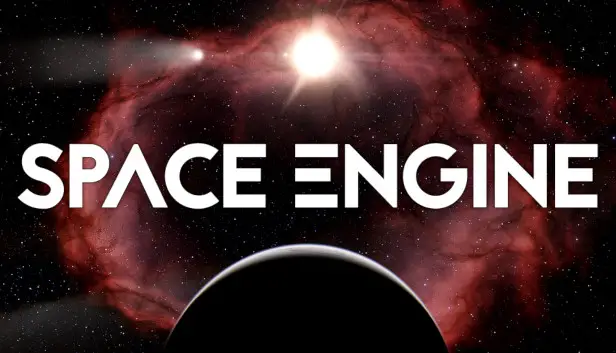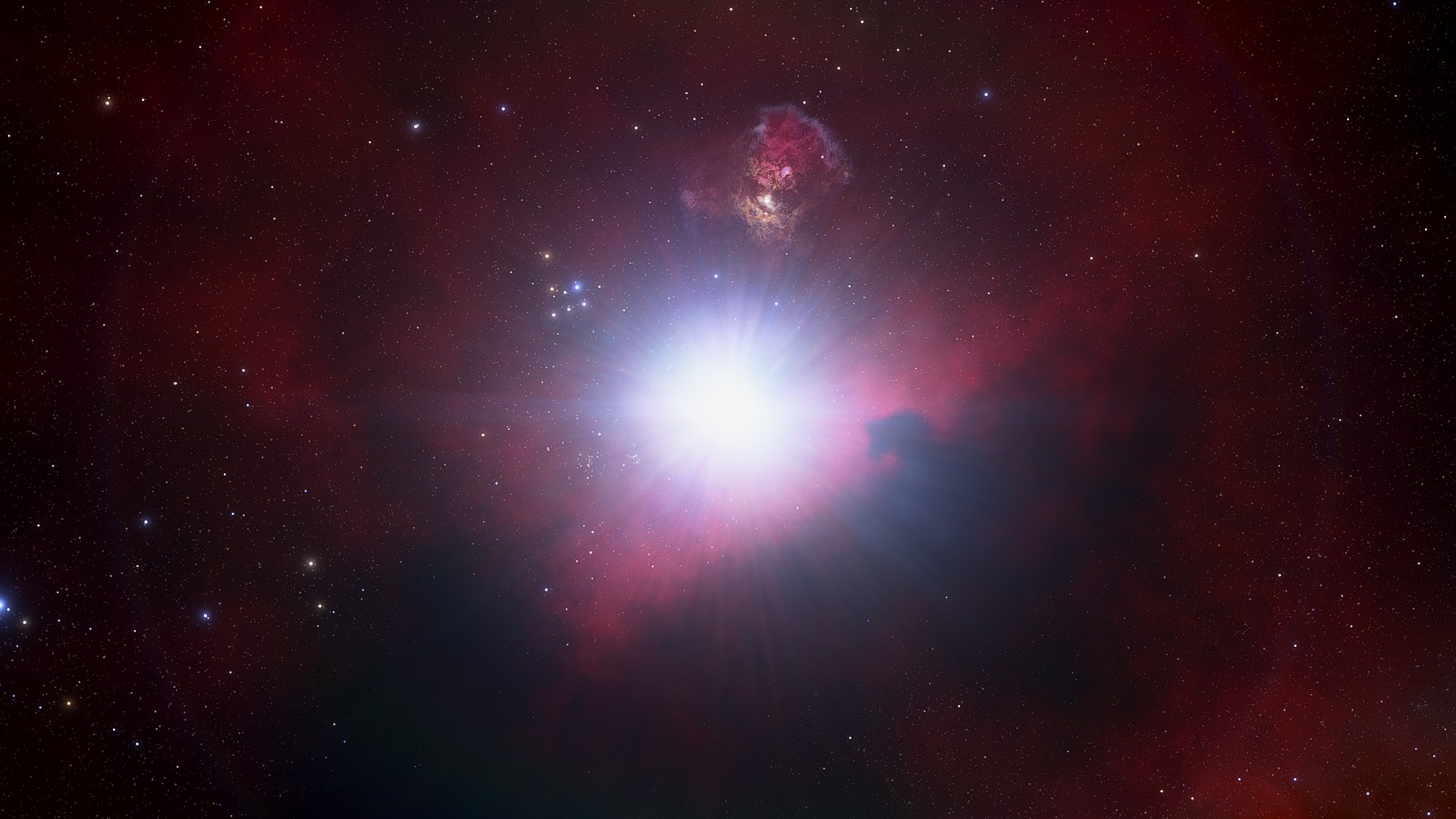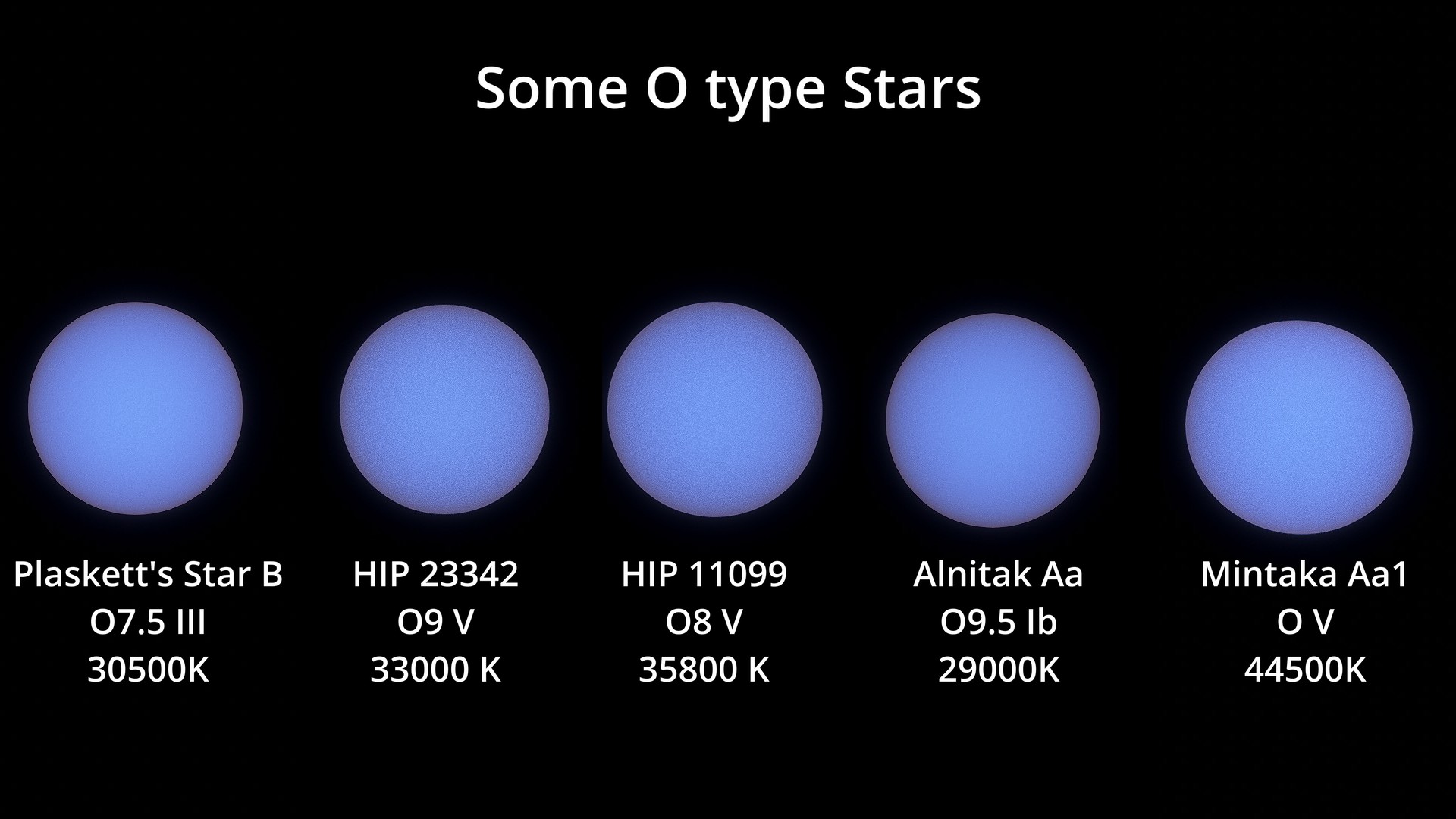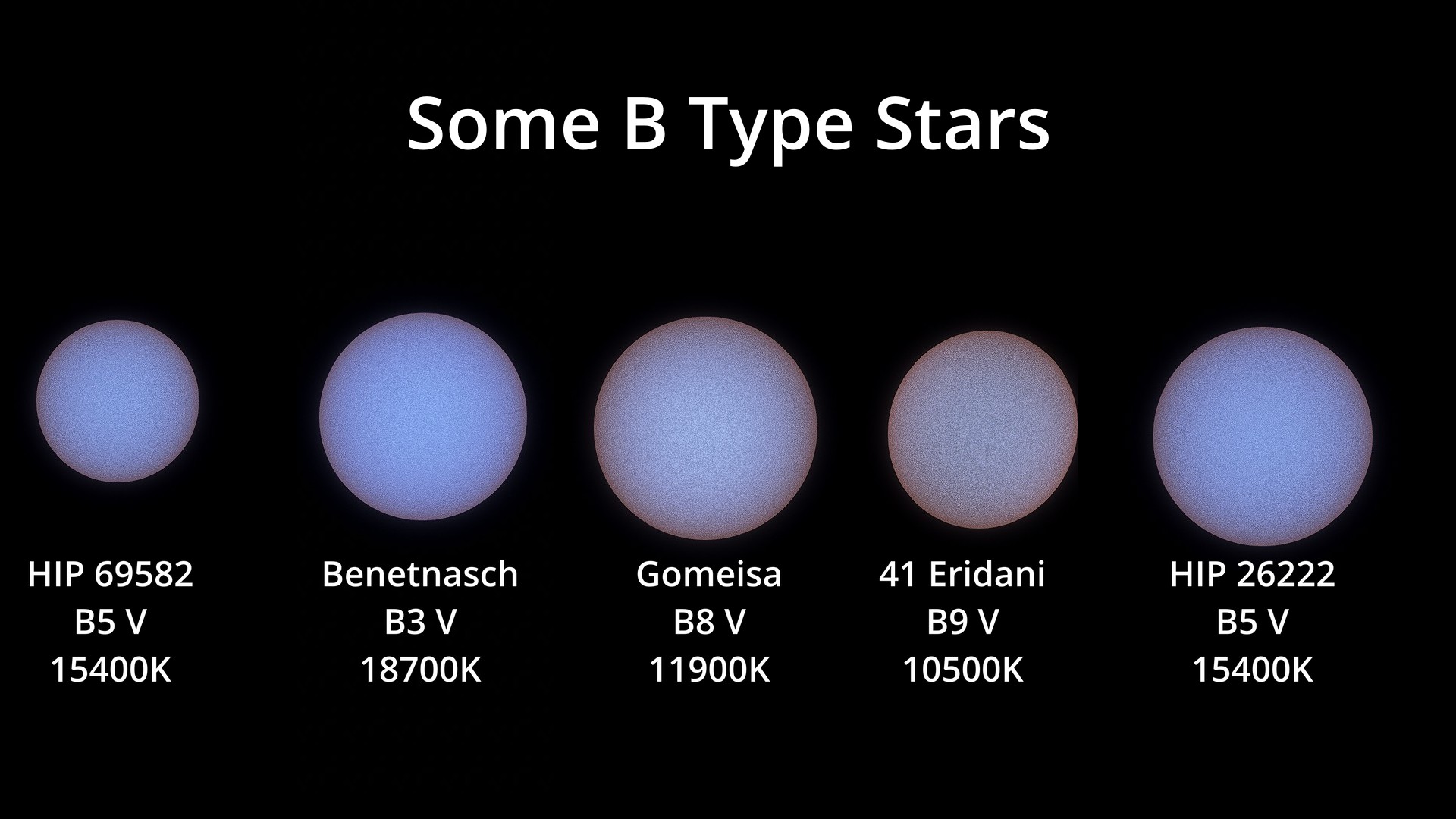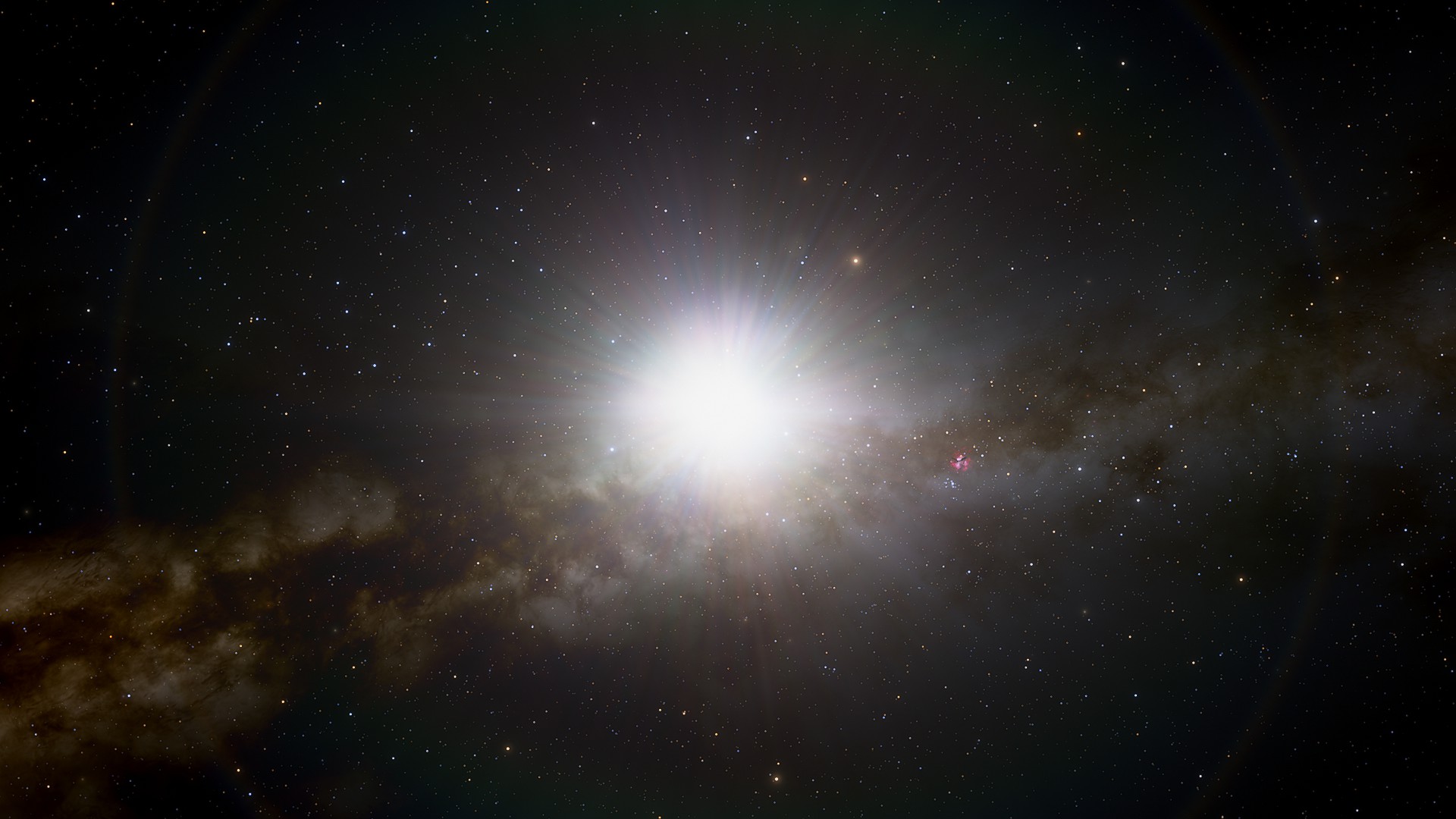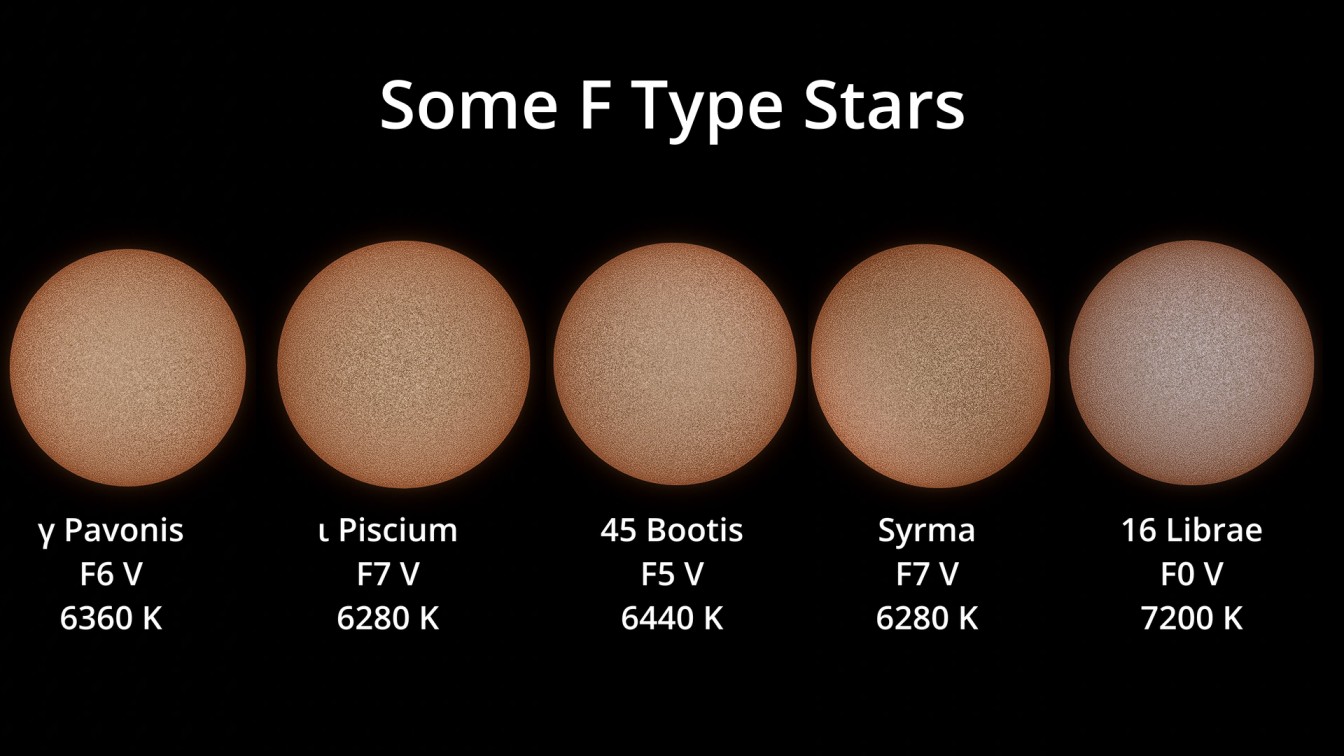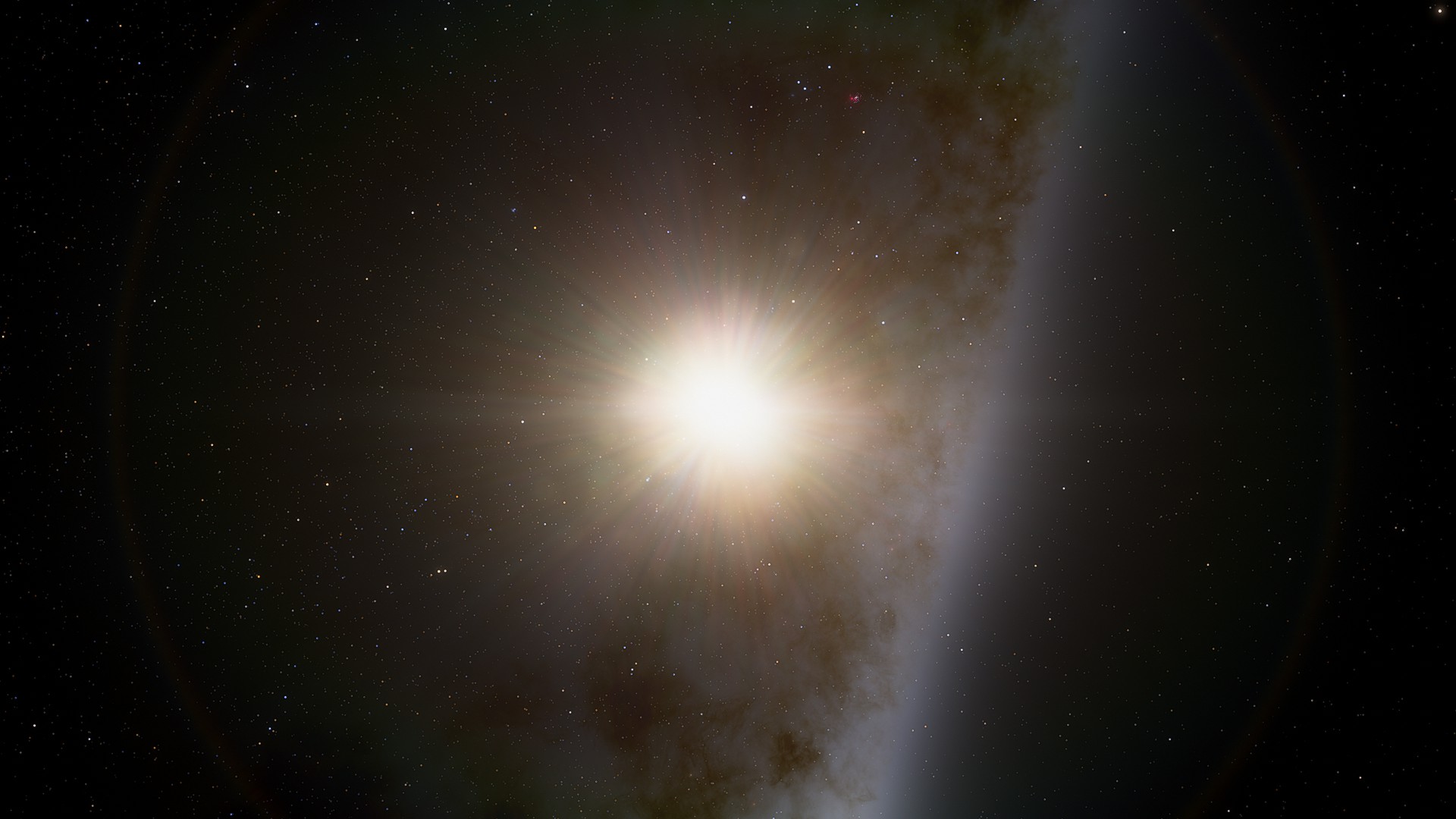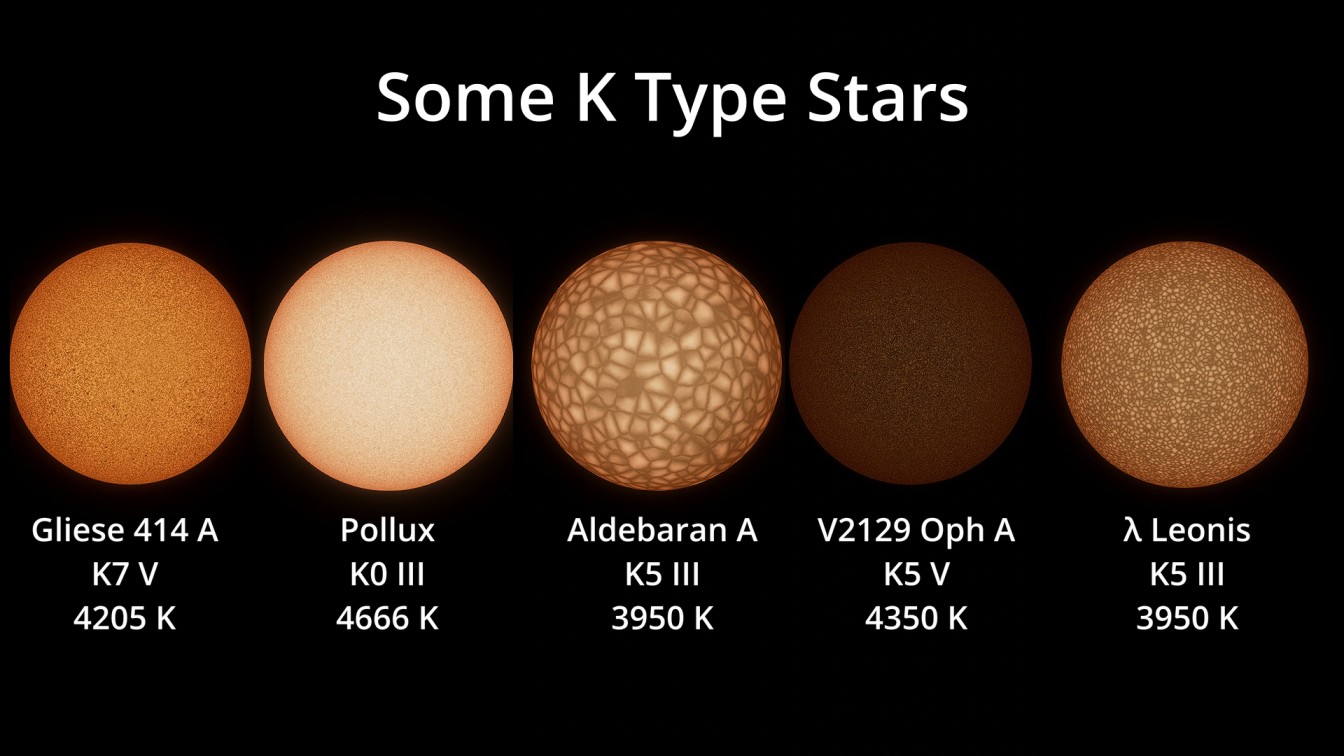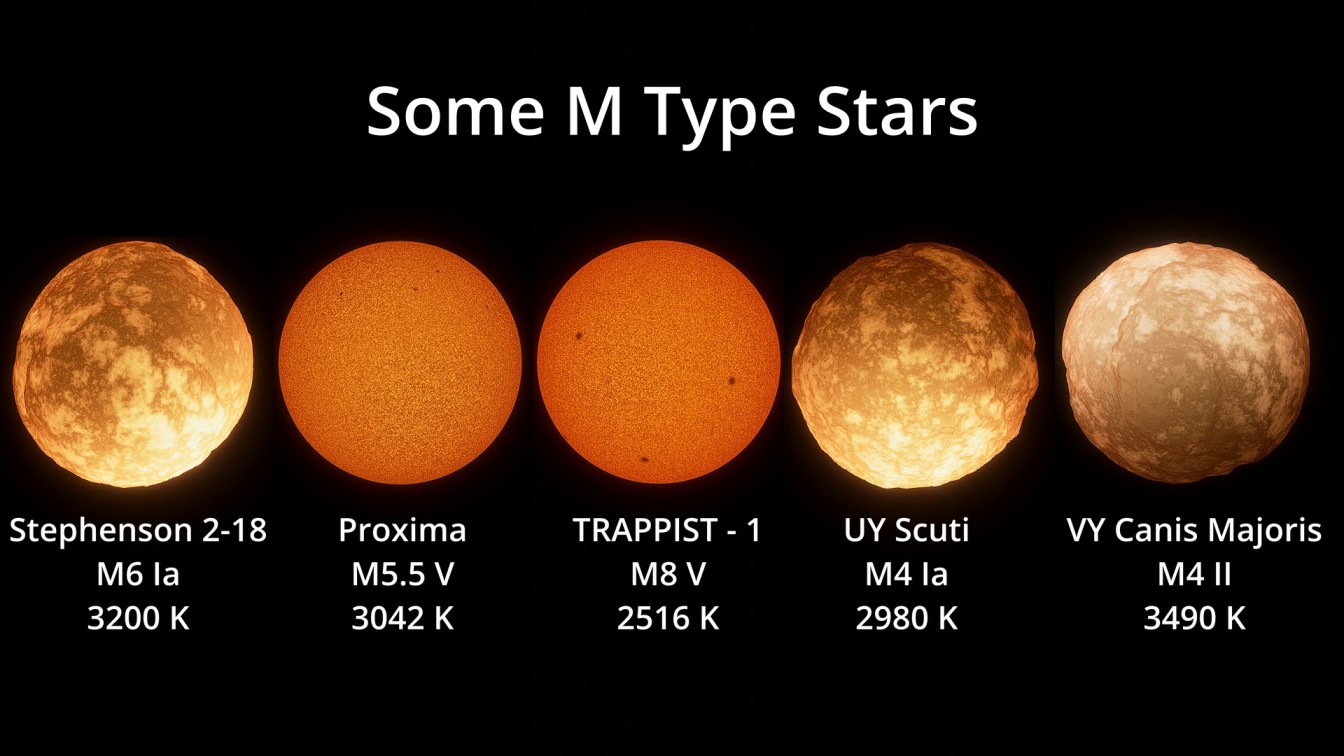This guide will provide you with information on the classification of stars into different categories. さらに, you will learn about the properties associated with each star category. 始めましょう.
Spectral Classes
Stars are classified based on their spectral properties. When a star emits light in space, it produces various types of radiation within and possibly beyond the electromagnetic spectrum. When scientists observe the light of a star on Earth or through instruments like a prism, grating, or spectroscope, they can analyze its properties. Advanced instruments allow scientists to separate the radiation emitted by a specific star from other stellar lights.
ほとんどの場合, a stellar category symbol consists of three components:
手紙
Similar to elements in chemistry having their own spectral characteristics, 星, which are massive nuclear powerhouses, burn hydrogen as fuel and convert it into helium or other elements. They also produce tremendous amounts of energy in the form of light and heat. When a star’s radiation passes through its photosphere and is observed through a spectroscope, astronomers identify the abundance of certain element lines and assign a specific letter to that star.
The letters can be:
{ O B A F G K M }
This is known as the Morgan-Keenan (MK) システム.
Class Temperature (in Kelvin) Color (一般的に)
- ○ >30,000 青
- B 30,000-10,000 Bluish White
- あ 10,000-7,500 白
- F 7,500-6,000 Yellowish White
- G 6,000-5,200 黄色
- K 5,200-3,700 Light orange
- M 3,700-2,400 Red orange
A helpful mnemonic to remember this sequence is “Oh Boy Always Find Good Ketchup and Mango.” しかし, you can create your own mnemonic if you prefer.
It’s important to note that while these colors represent the spectral terms, in reality, yellow stars like the Sun appear white, red dwarfs appear red/orange, and brown dwarfs are not actually brown but hypothetically appear gray or dim red.
番号
Each letter class is further divided into numbers ranging from 0 (最もホットな) に 9 (coolest) within that category. 例えば, an F6 star is hotter than an F8 star. If a star’s properties fall between 2 と 3, scientists may denote it as x2.5, where x can be O, B, あ, F, G, K, or M.
Roman Numerals
Stellar luminosity and sometimes its size are indicated by Roman numerals, determined by the width of certain absorption lines in the stellar spectrum. This classification helps differentiate between giants and dwarfs and may vary with the density of the atmosphere.
The Roman numeral classifications are as follows:
- 0 or Ia+ = Hypergiants
- I = Supergiants
- II = Bright Giants
- III = Regular Giants
- IV = Sub-Giants
- V = Main sequence stars
- VI or sd = Sub Dwarfs
- VII or D = White Dwarfs
例えば, our Sun is classified as a “G2 V” 星, indicating that it is a main sequence star with a temperature of around 5800K.
Apart from these letter and numeral classifications, there are additional classes for black holes, white dwarfs, Wolf-Rayet stars, carbon stars, などなど. しかし, we will discuss them in another guide.
O type Star
These particular stars are exceptionally rare compared to other main sequence stars. They are characterized by their extreme heat and brightness.
These stars have a mass of 16 or more times that of the Sun (MS). さらに, their radii are at least 6.6 times larger than that of the Sun.
In terms of radiation, these stars emit an enormous amount of energy in the ultraviolet range. Some of the most massive stars fall into this category.
B Type Star
This particular group is recognized for hosting highly luminous and blue stars. These stars have a mass ranging from 16 に 2.1 times that of the Sun (MS) and a radius between 6.6 と 1.8 times that of the Sun.
These stars are incredibly hot. In terms of their spectral characteristics, they exhibit neutral helium lines.
Compared to O type stars, they are relatively less rare.
A Type Star
These stars are white and some have a bluish hue. They have masses ranging from 2.1 に 1.4 times that of the Sun (MS) and their radii fall approximately between 1.8 と 1.4 times that of the Sun.
Compared to other categories, these stars are slightly more common and can be visible to the naked eye. They exhibit strong hydrogen lines in their spectra.
F Type Star
The spectra of these stars are characterized by weaker hydrogen lines and the presence of ionized metals. They have a white color.
In this particular spectrum, we observe the prominence of hydrogen, potassium, and calcium lines. These stars are relatively more common.
Stars of this type have masses ranging from 1.4 に 1.04 times that of the Sun (MS) and radii between 1.4 と 1.15 times the radius of the Sun (Rs).
G Type Star
These stars are slightly smaller compared to the previous group and emit yellowish-white light. They have radii ranging from 1.15 に 0.96 times the radius of the Sun (Rs) and masses between 1.04 と 0.8 times that of the Sun (MS). In their spectra, the hydrogen lines are very weak, while the presence of hydrogen, potassium, and calcium lines is prominent.
These stars are more common than F type stars. 興味深いことに, our Sun falls into this category as well.
K Type Star
The color of these stars is a combination of orange and pale yellow. They have a mass ranging from 0.8 に 0.45 times the mass of the Sun, while their radii range from 0.96 に 0.7 times the radius of the Sun.
These stars are slightly cooler than the Sun. In the solar neighborhood, they make up approximately 12% of the main sequence stars. さらに, there are K-type giant stars, including hyper giants like RW Cephei and giants like Arcturus. There are also orange dwarf stars like Alpha Centauri B, which are considered main sequence stars. These stars exhibit extremely weak hydrogen lines.
Scientists propose that planets orbiting these types of stars may be capable of supporting life due to their large habitable zone. さらに, this category of stars is known to have lower levels of harmful radiation.
M Type Star
This group of stars is considered to be among the coolest, although they are not cool enough for one to walk on their surfaces. They emit a vibrant orange-red color. Their mass ranges from 0.8 に 0.45 times the mass of the Sun, and their radius is less than 0.7 times the radius of the Sun.
These stars are quite common, accounting for approximately 76% of the main sequence stars in the solar neighborhood. しかし, due to their low luminosity, they are not visible to the naked eye under normal circumstances. Only in rare situations like a pollution-free sky or clear weather can they be observed.
The brightest known M-type star is Lacaille 8760, with a magnitude of about 6.7 (beyond the limit of human eye visibility, which is around magnitude 6). While this class of stars predominantly consists of red dwarfs, some of the largest known stars, such as VV Cephei, Antares, and Betelgeuse, also fall into this category.
In the spectrum of these stars, the lines are primarily composed of oxide molecules, especially titanium oxide. しかし, hydrogen absorption lines are usually absent.
これが今日私たちがこの目的で共有するすべてです スペースエンジン ガイド. このガイドは元々、次の者によって作成および執筆されました。 Stubborn_Leopard. このガイドを更新できなかった場合, これに従って最新のアップデートを見つけることができます リンク.
